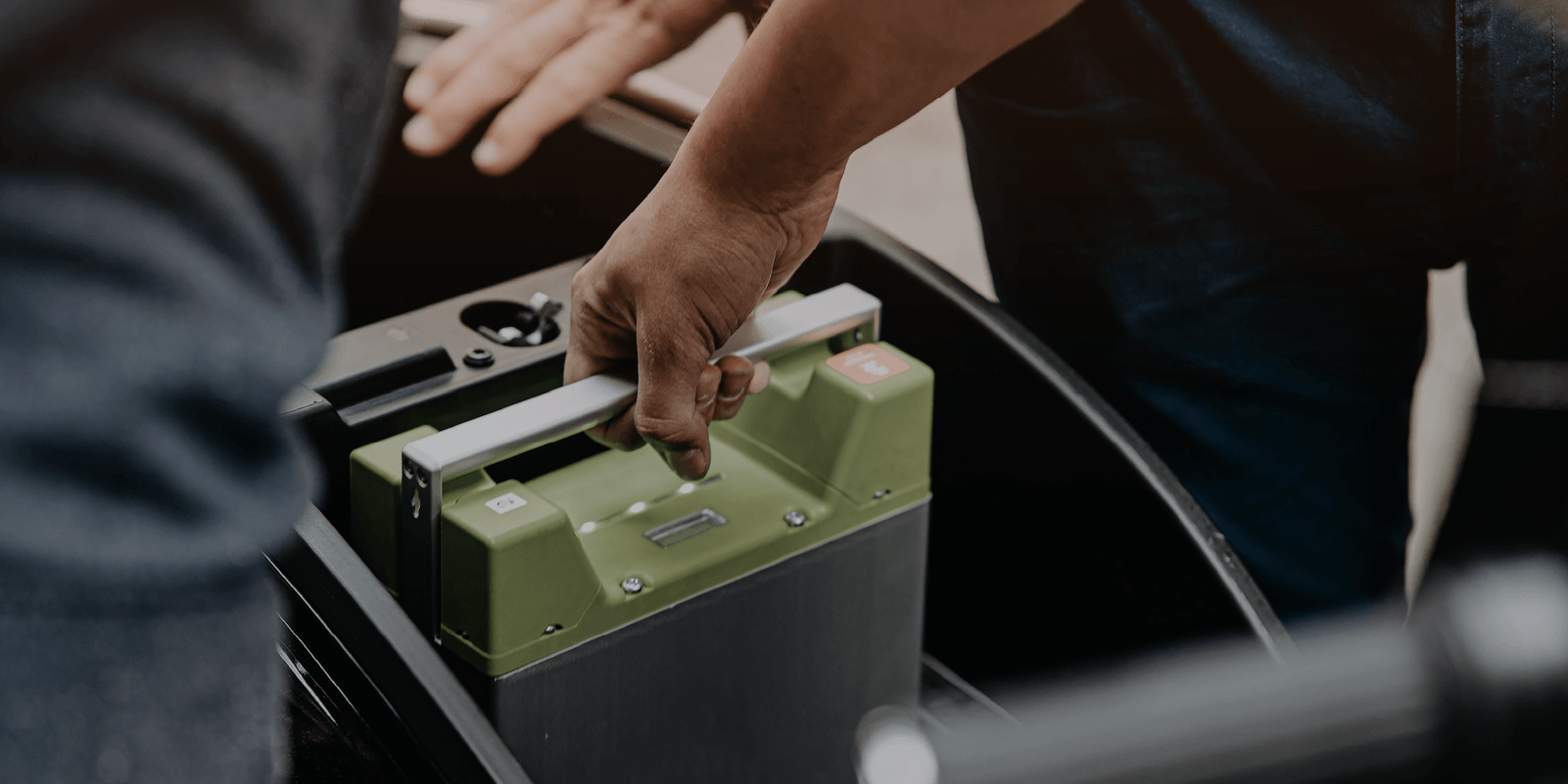
Under the Spotlight AUS: Pilbara Minerals (PLS)
Between July and September 2022, Pilbara Minerals (ASX: PLS) rallied over 100% following its Q4FY22 results representing the company’s first profitable year. Demand for lithium is expected to grow, boosting the opportunity for the world’s largest independent hard-rock lithium operation. Let’s put Pilbara Under the Spotlight.
.png&w=3840&q=100)
So how did FY22 become a pivotal and profitable year for Pilbara Minerals? Throughout the year, the price of lithium soared due to demand from the electric vehicle industry. Thin supply combined with this strong demand saw Pilbara’s revenue grow 577%. The world’s largest independent hard-rock lithium operation was able to produce 377,902 dry metric tonnes (dmt) of spodumene concentrate through two processing plants, making it able to meet demand.

Finding lithium
Lithium mining usually occurred with a mineral called spodumene – as in Pilbara’s case – until the discovery of lithium salt deposits, now the primary source of lithium. Spodumene deposits are predominantly found in Canada, China and Australia, while lithium salts are produced from lithium brines found in salt lakes.
The demand story
While lithium’s modern story has revolved around EV production, the metal has many other uses. It’s the lightest metal on the periodic table, which enables it to be mixed with alloys to increase the strength-to-weight ratio. A key example is the Aluminium-lithium alloy, commonly used in the aerospace industry. Other uses include producing heat-resistant glass, ceramic and glazes, thanks to lithium’s high heat resistance.
Why is this important? While future demand is heavily predicated on lithium-based battery technology, a report by the International Energy Agency reveals that EVs and storage only accounted for 30% of 2020’s demand. By 2040, the IEA report forecasts EV and storage will account for 88% of lithium demand, crossing the 50% threshold around 2030.
How strong is the EV demand? Well some estimates expect sales to reach an annual 5.7m EVs in China and 4.05m in Europe. The trend looks to be sustainable, as most major auto-makers in the western world have pledged to produce only battery-powered vehicles at some point in the future.

Pilbara’s mine
It’s these trends that have seen the Pilbara share price surge with investors driving the stock up over 58% between July and August 2022. Its competitive advantage lies in its Western Australian mine. The Pilgangoora Project, has an estimated mine life of 26 years and a maximum production capacity of 580,000 tonnes per annum (tpa). Pilbara Minerals has found itself in second place by market cap in our list of ASX lithium stocks.
Pilbara initially purchased the Pilgangoora Project back in 2014 when the company was just a simple penny stock. The company said the project contained around 87,000t of lithium oxide that could be used in ceramics, glass, batteries and pharmaceuticals. Even its management could not have predicted the surge to follow to make it part of the S&P ASX 200.
Despite only operating at approximately 65% capacity, the increase from 48% in FY21 combined with lithium carbonate’s price increasing 434% in FY22 was enough to drive underlying net profit after tax (NPAT) to $562m. In turn, net cash rose to $714m, 51% of Pilbara Minerals’ 4 October 2022 market capitalisation.
Management’s FY23 forecast places spodumene concentrate production between 540,000 and 580,000 dmt, an increase of 43% year-on-year on the low end. Facilitating this growth will be the expansion of its mine, with the company aiming to leverage away from long-term supply deals and win more pricing power. It also has an 18% stake in a joint venture with South Korea’s POSCO Holdings and expects their plant to begin producing battery-grade lithium hydroxide next year.
From a penny stock to a multi-billion dollar company, only time will tell what happens next.
This does not constitute financial advice nor a recommendation to invest in the securities listed. The information presented is intended to be of a factual nature only. Past performance is not a reliable indicator of future performance. As always, do your own research and consider seeking financial, legal and taxation advice before investing.

